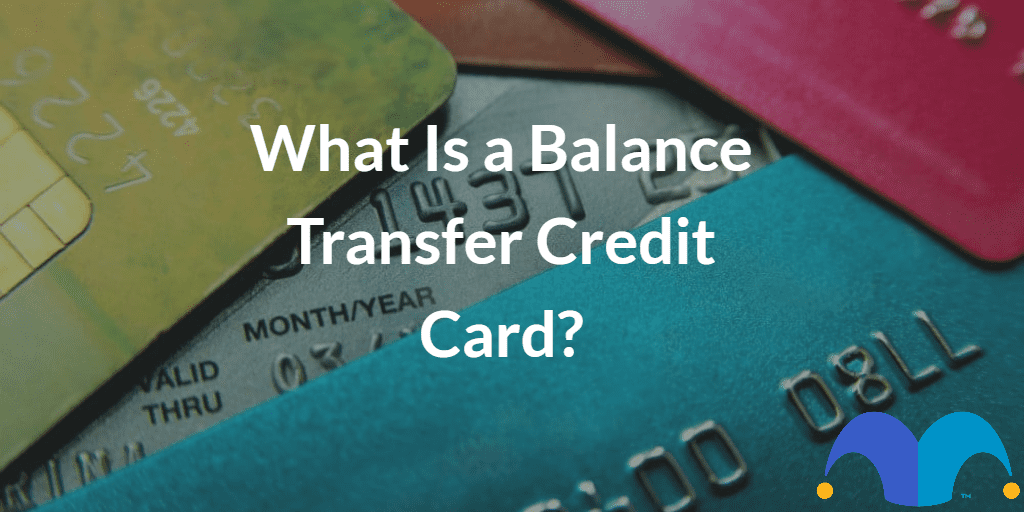Balance transfer credit cards can help you control the cost of your monthly credit card payments, which is a lifeline if you’re struggling with debt. But what is a balance transfer on a credit card, and is this the right type of credit card for you? Here’s what you should know.
What is a balance transfer credit card?
A balance transfer credit card lets you move debt from your existing credit card to a new card. Normally, you’ll pay zero interest on the transferred balance for a set period of time, which can be great news if your monthly credit card payments are spiralling out of control and you’re trying to take charge of your finances again.
Some cards offer a long balance transfer period – the M&S Transfer Plus Credit Card, for example, charges 0% interest for 29 months. With other cards, like the Sainsbury’s Bank No Fee Balance Transfer Card, you’ll get other benefits to make up for shorter 0% periods (like Nectar Points).
How do balance transfer credit cards work?
Luckily, balance transfers are a simple concept: all you’re doing is transferring your outstanding card balance onto another card and you won’t pay any interest on the outstanding amount during the introductory period.
- During the interest-free period, all your credit card payments go towards paying down the existing card debt.
- It’s possible to transfer balances from more than one card, which might help you consolidate debt and make payments more manageable.
- After the interest-free period ends, you’ll start paying interest as normal again.
Balance transfer fees
A word of warning: although you won’t pay interest for a set period, you might pay a balance transfer fee for moving your balance from one card to another.
It all depends on the card you choose. For example, there’s no balance transfer fee if you choose the Santander All In One Credit Card, or the NatWest Balance Transfer Credit Card.
- If there’s a fee involved, you can expect to pay between 1.5% and 3.5% of the balance you transfer. So, that could cost you as much as £35 for each £1,000!
- High transfer fees mean you lose the benefit of switching credit cards.
If balance transfer fees worry you, shop around for a card with no fee.
Should I get a balance transfer credit card?
As always, the answer is: it depends.
They’re a great opportunity to solve your debt problems, but only if you strike the right balance. For example, if you use your card as an excuse for a shopping spree, you’re storing up trouble as the debt must be repaid at some point.
What’s more, unless you’re offered 0% on new purchases, too, you’ll pay the card’s full APR right away – which can be considerable. You’ll also need to make at least the minimum payment each month or you’ll lose the 0% deal, accrue interest, and damage your credit score.
And remember, there’s no guarantee you’ll be approved for a market-leading deal: it all depends on your credit record. You might be offered a shorter 0% period, or you won’t be accepted at all. So, balance transfer credit cards don’t always work out cheaper.
How to get a balance transfer card
To get a balance transfer credit card, you simply shop around for the best deal and make a credit card application.
If you’re accepted, your new bank will ask for your existing credit card details to make the transfer. Be sure to make a note of when the 0% period ends: ideally, you want to pay your debt before then so you can switch to a new card!
